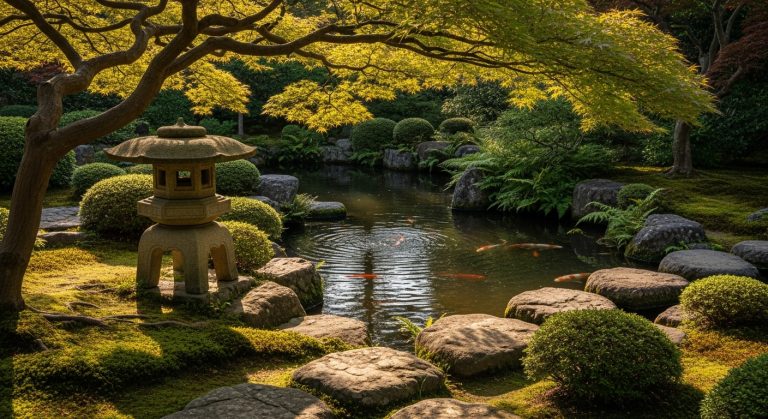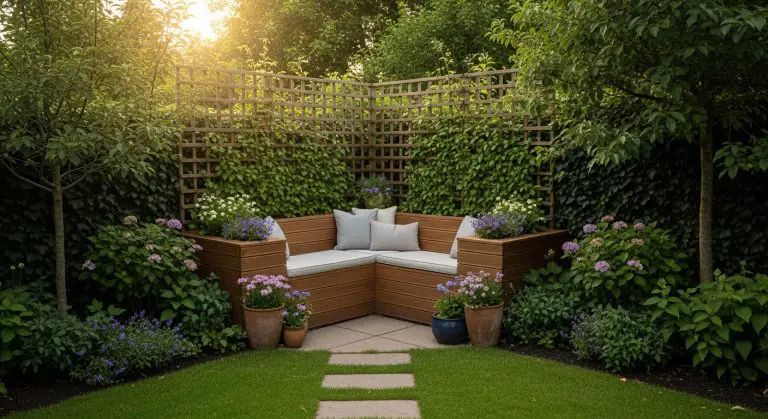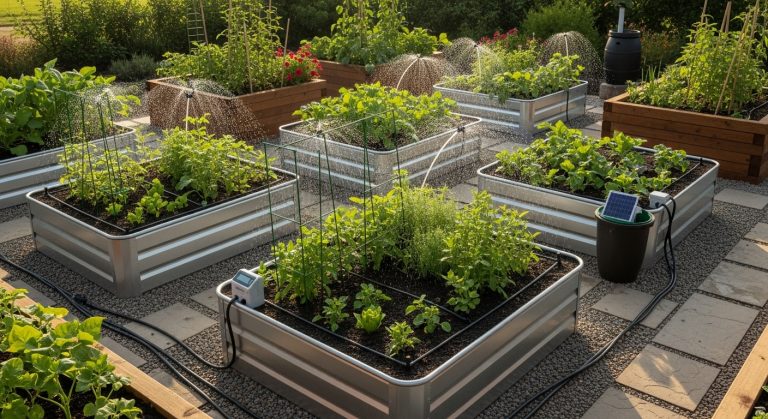Zen Garden Ideas for Relaxation Rooms: 15 Creative Ways to Design Inner Peace
Let’s be honest — life can feel like a never-ending playlist of noise, deadlines, and screen time. That’s why having a relaxation room is no longer a luxury; it’s survival. But what if you could turn that room into something even more soul-soothing? Enter: Zen garden ideas for relaxation rooms.
Zen gardens aren’t just outdoor features filled with rocks and sand — they’re a mindset. It’s about balance, silence, and the kind of peace that doesn’t depend on Wi-Fi speed. Whether you’re working with a full room or a small nook, you can transform your space into a sensory retreat that whispers, “breathe.”
Ready? Let’s explore 15 creative, non-repetitive, and refreshingly modern ways to bring Zen energy indoors — with personality, science-backed calm, and just a little humor along the way.
1. Sound Bath Zen Corner
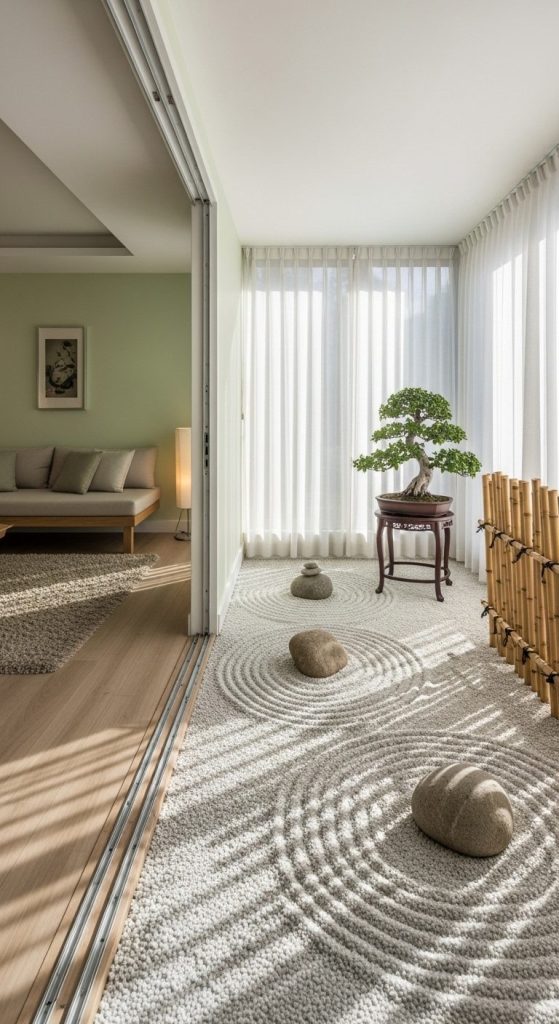
Imagine walking into your relaxation room and being surrounded by the soft hum of singing bowls and chimes. A sound bath Zen corner uses vibrational healing to align your senses.
Ever wondered why certain sounds instantly relax you? Studies from the National Library of Medicine show that specific frequencies can lower stress hormones and slow heart rate — basically, instant chill mode.
Pros:
- Calms your nervous system within minutes
- Doubles as sound therapy for better sleep
- Enhances meditation or breathwork sessions
Cons:
- Requires some soundproofing (because neighbors might not appreciate your “healing frequencies”)
Pro Tip: Pair a small bamboo mat with a few quartz crystals and let the space resonate with sound, not clutter.
2. Aromatherapy Zen Wall
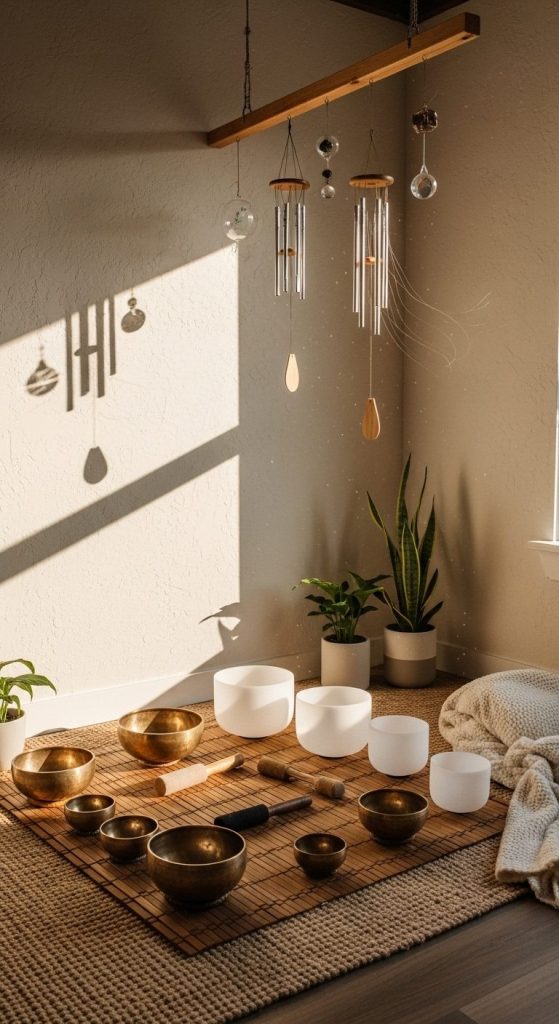
If your stress has a smell, so should your peace. A Zen aromatherapy wall combines natural diffusers, essential oils, and minimalist shelving with decorative moss or small pebbles.
IMO, scent is the fastest way to change your mood. Science agrees — according to Harvard Health, lavender and sandalwood can lower cortisol by up to 30%.
Pros:
- Engages your olfactory senses for instant calm
- Looks beautiful and minimal
- Can be customized with rotating scents
Cons:
- High-quality oils can be pricey (but worth every drop)
Pro Tip: Keep it simple — one scent per day. Mixing too many turns your Zen into a headache factory.
3. Japanese Rock Garden Projection Wall
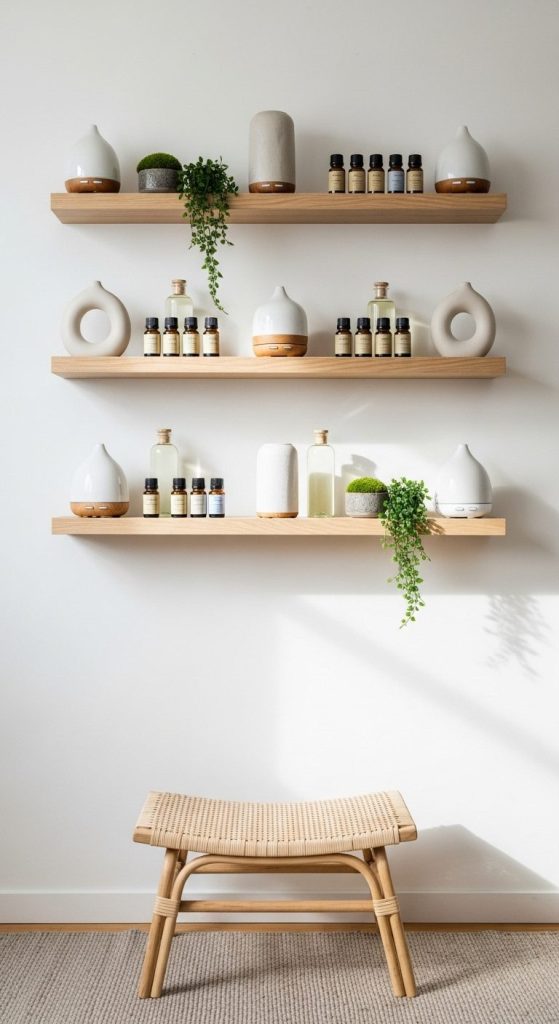
You don’t need an actual sand pit indoors to feel Zen. Project a digital Zen garden — rippling sand patterns, raked lines, or moving light — on one wall.
It’s perfect if you live in an apartment or hate cleaning sand off the floor.
Pros:
- Zero maintenance, infinite calm
- Perfect for meditation or yoga backdrops
- Can switch between themes for mood shifts
Cons:
- Needs a quiet projector or screen setup
Pro Tip: Use a warm-toned LED projector to make the visuals feel natural and soft.
4. Zen Meditation Pod
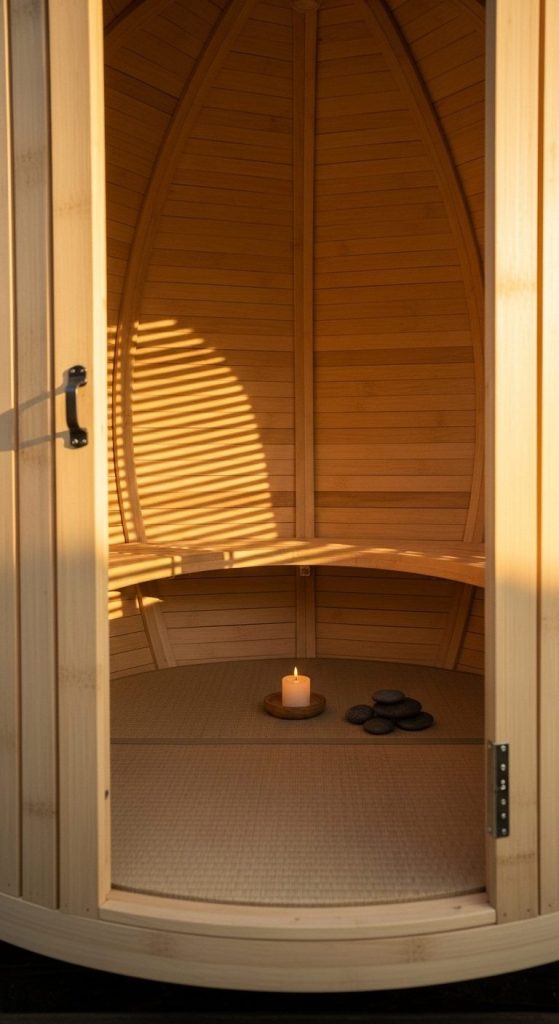
Now we’re talking. Create your own meditation pod — a wooden or bamboo structure with pebbled flooring, dim lighting, and light incense smoke swirling through.
It feels like a hug from nature.
Pros:
- Private and deeply immersive
- Great for breathwork or quick mid-day resets
- Can double as a reading or nap nook
Cons:
- Might need a bit of carpentry or assembly effort
Pro Tip: Add low-hanging paper lanterns for warmth and a sensory anchor.
5. Clay and Earth Zen Zone

Tired of the typical sand gardens? Try clay-based Zen décor. Earthy textures feel grounding — literally. It connects you to your base energy.
Ever noticed how playing with clay instantly relaxes your hands? That’s tactile meditation in action.
Pros:
- Deep sensory engagement
- Uniquely organic and imperfect (that’s the charm!)
- Pairs beautifully with wood and terracotta tones
Cons:
- Clay requires regular maintenance to stay clean and moist
Pro Tip: Incorporate hand-sculpted mini rock formations for visual depth.
6. Hanging Zen Terrarium Garden
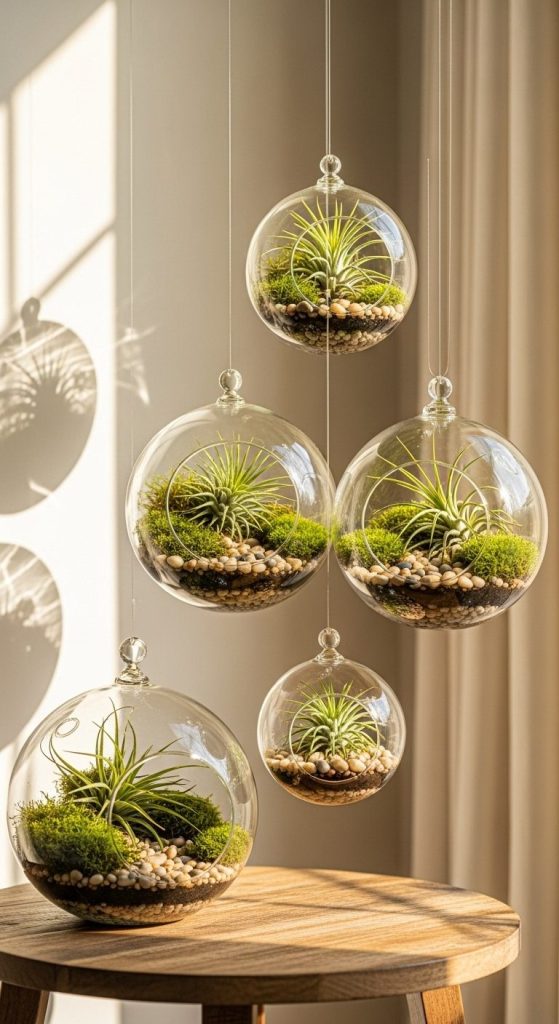
You don’t need a massive garden — you just need air, glass, and creativity. Hanging terrariums filled with gravel, moss, and air plants bring the essence of Zen to your ceiling.
Pros:
- Space-saving and visually stunning
- Adds natural oxygen and freshness
- Practically zero maintenance
Cons:
- Can break if hung too low (ouch!)
Pro Tip: Hang them at staggered heights to create a floating forest illusion.
7. Soundproof Zen Panels
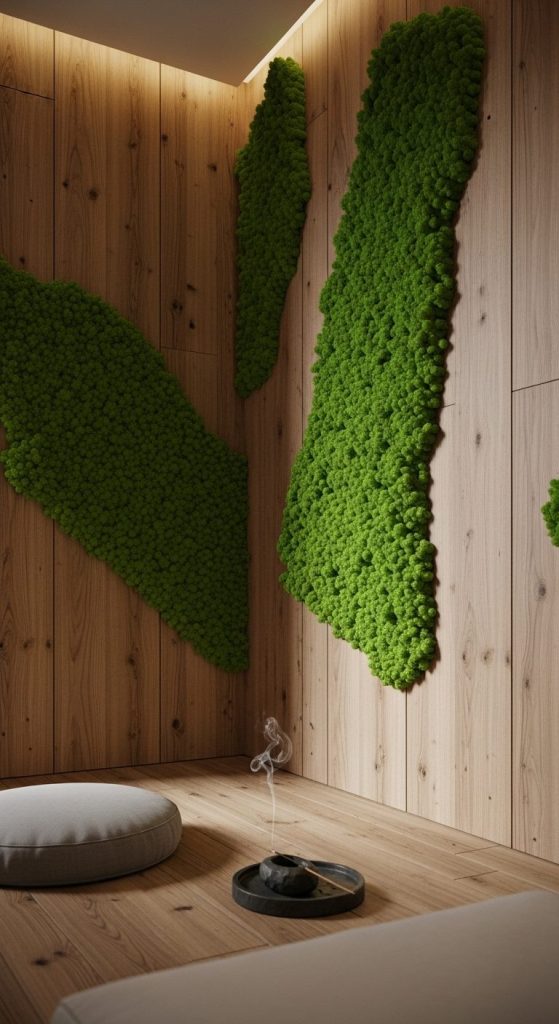
Silence is luxury. Install acoustic wood slats or moss panels to absorb outside noise and create stillness inside.
According to Architectural Digest, soundproofing increases perceived comfort by up to 45%.
Pros:
- Reduces echo and city noise
- Adds modern, aesthetic warmth
- Enhances focus and calm
Cons:
- Installation costs can vary
Pro Tip: Mix natural oak with green moss textures for contrast.
8. Fire & Zen Elemental Corner
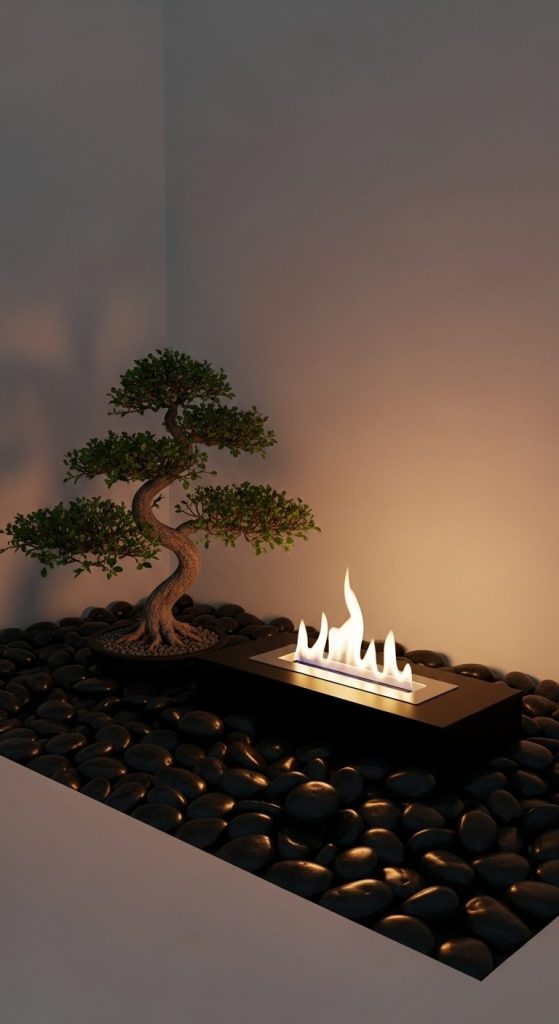
Balance is key in Zen philosophy — and fire represents transformation. A bio-ethanol fireplace or candle-lit rock setup can become your inner flame station.
Pros:
- Adds warmth and hypnotic movement
- Complements cool elements like stone or water
- Sets a cozy, reflective tone
Cons:
- Needs ventilation if using real fire
Pro Tip: Surround the setup with black river stones for balance.
9. Salt Lamp Zen Nook
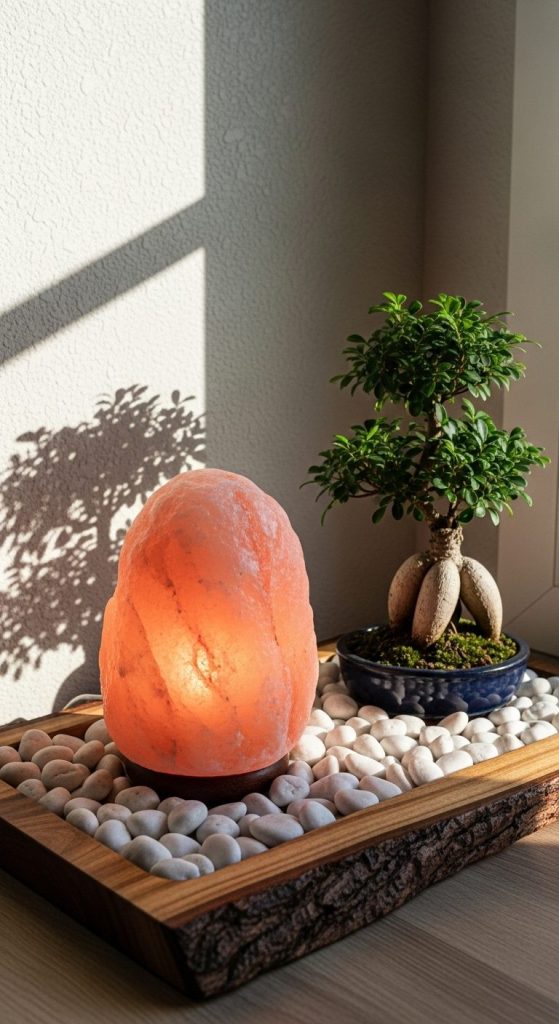
Himalayan salt lamps have that mysterious, glowing aura that screams calm. Pair them with white pebbles, wooden trays, and maybe a little bonsai tree.
Fun fact: Scientific Reports found that negative ions from salt lamps may improve air quality and sleep.
Pros:
- Soft, warm glow for mood enhancement
- Natural air purifier
- Affordable and versatile
Cons:
- Slightly fragile if placed near moisture
Pro Tip: Layer two or three salt lamps for a soft, diffused light field.
10. Zen Reading Niche
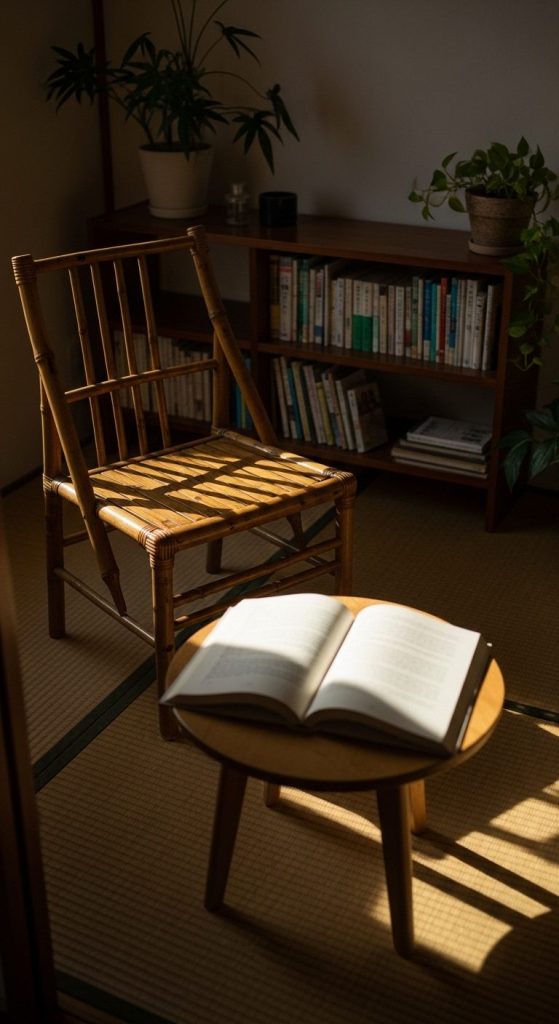
If you find peace in pages, this one’s for you. Create a Zen reading nook with a tatami mat, bamboo shelves, and a minimalist chair.
Pros:
- Combines mental and visual calm
- Encourages digital detox
- Perfect for mindfulness books or journaling
Cons:
- Needs consistent organization to stay serene
Pro Tip: Keep a single book out — clutter kills calm.
11. Flowing Pebble Stream Table
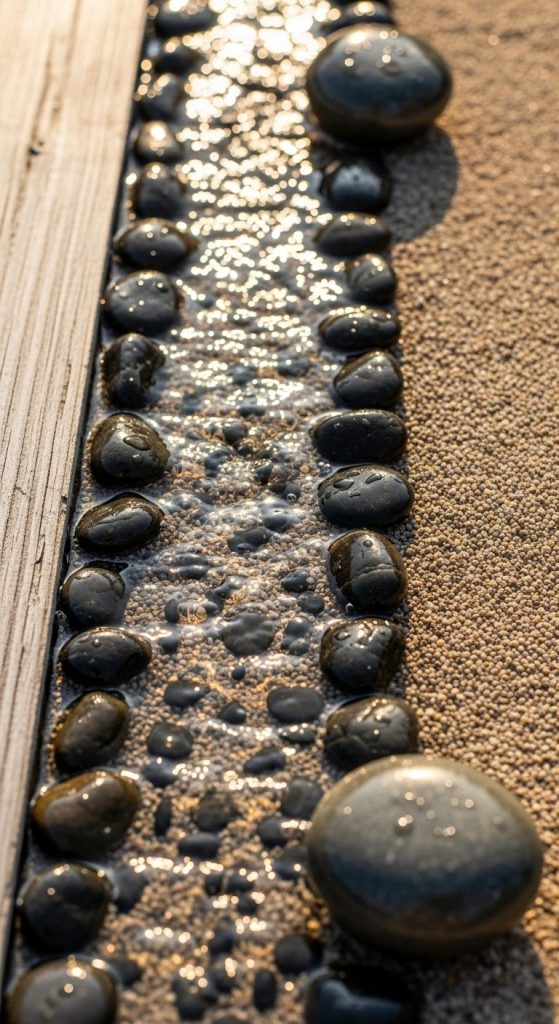
Want the sound of water without the pond? Build or buy a tabletop water feature that lets pebbles roll in gentle streams.
Water represents flow — physically and emotionally.
Pros:
- Soothing sound for relaxation
- Compact and decorative
- Symbolizes emotional release and calm
Cons:
- Needs regular cleaning to prevent mineral buildup
Pro Tip: Use white LED lighting beneath the stream for extra magic.
12. Textile-Based Zen Art Wall

Visual calm matters. Hang fabric-based Zen art — linen tapestries, macramé, or woven sand patterns.
Pros:
- Absorbs sound while adding visual warmth
- Easy to switch out seasonally
- Adds texture without clutter
Cons:
- May fade over time in bright light
Pro Tip: Choose neutral shades — beige, taupe, or soft gray.
13. Tea Ceremony Zen Corner
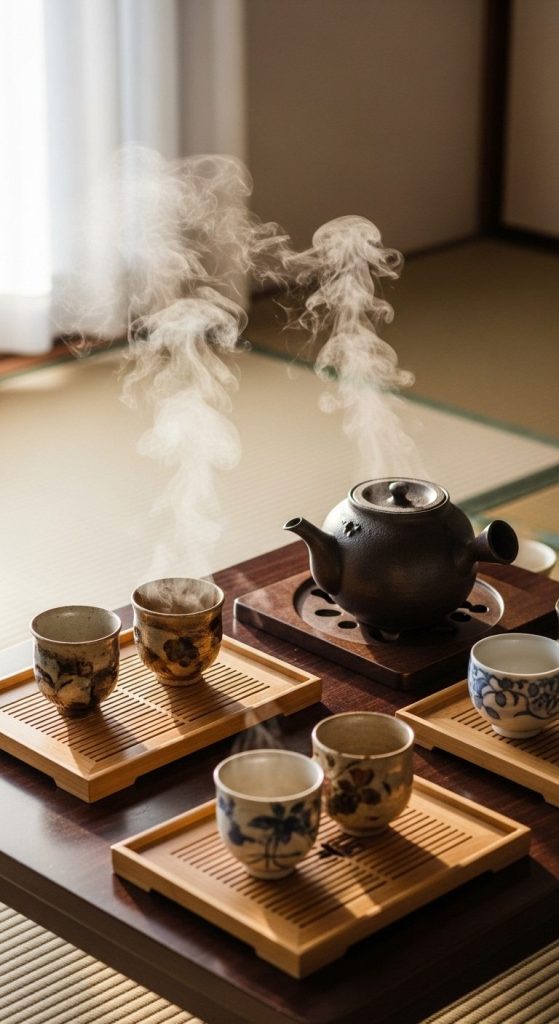
Tea is therapy in liquid form. Set up a small corner inspired by Japanese tea ceremonies — bamboo trays, ceramic cups, and a floor cushion.
Pros:
- Invites ritual and mindfulness
- Beautiful visual setup
- Easy to personalize
Cons:
- Requires upkeep and cleanliness
Pro Tip: Matcha or jasmine tea fits the Zen theme best.
14. Scented Candle & Sand Alignment Station

Combine the spiritual with the aesthetic. Create a scented sand tray where candles sit within raked designs. As the wax melts, it reshapes the sand — a literal reminder that peace is fluid.
Pros:
- Engages multiple senses
- Beautifully symbolic
- Easy to maintain
Cons:
- Needs fire safety awareness
Pro Tip: Use soy or beeswax candles with essential oils for purity.
15. Meditative Light Pathway
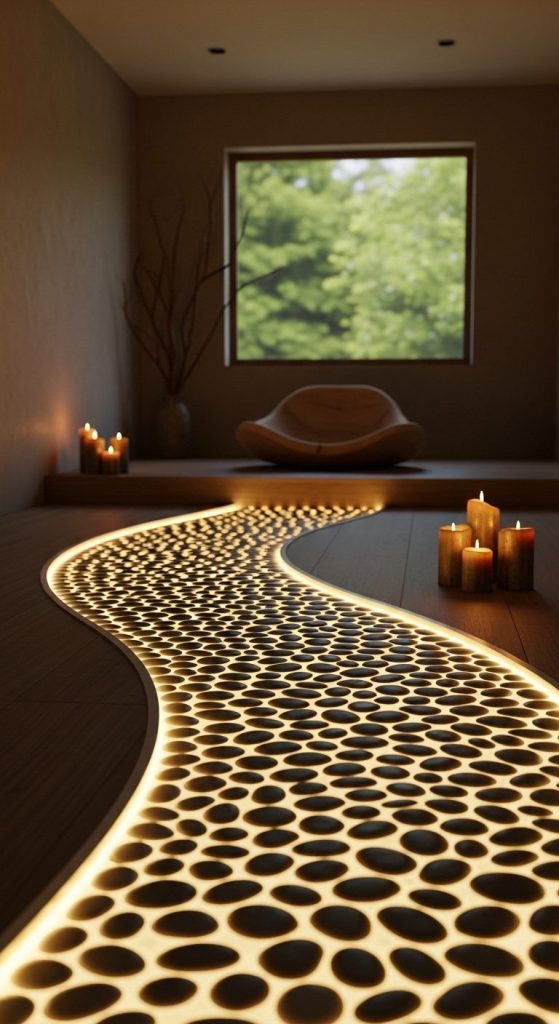
Finally — guide your senses to serenity. Install LED light strips beneath smooth stones to create a soft “path” leading to your meditation spot.
It’s like following your own light, literally and metaphorically.
Pros:
- Stunning nighttime ambience
- Symbolic and modern
- Low power consumption
Cons:
- Installation may require careful wiring
Pro Tip: Use warm-toned LEDs (2700K) for a natural glow.
Conclusion
Creating a Zen garden for your relaxation room isn’t about rules — it’s about resonance. You don’t need to copy temples or buy $500 statues. Just listen to your senses: what calms you, what slows your thoughts, what feels alive.
Whether it’s the whisper of water, the smell of cedar, or the flicker of candlelight — each design here is your invitation to peace. Because let’s face it — the world outside won’t slow down anytime soon, but your Zen space can remind you that you can.
So go ahead — light that candle, roll that pebble, breathe that lavender — and let your relaxation room become your private sanctuary of stillness.

William Martin is a passionate bowler who spends most of his weekends playing the sport. With years of intense experience under his belt, William decided to share his knowledge by creating BOWLING OCEAN. Join me on this journey to explore the world of bowling and discover the tips and tricks to becoming a pro.

